A taste of Belgium: 15 Belgian dishes and drinks to try
Look at any 'what is Belgium famous for' list, and at least half of the items will be food or drink.
That's because Belgians have high standards when it comes to breakfast, lunch and dinner, with superior ingredients and simplicity at their heart.
Indeed, while exploring the nation’s beautiful castles you may find yourself thinking of crispy fries drizzled in mayo, and while admiring those famous peeing statues, planning which beer to try next!
Like its much larger neighbour to the south west, despite the calorific treats on offer, somehow Belgium is substantially below the EU27 average for weight gain - not something many of us could say after a couple of weeks of eating and drinking in Belgium!
If the best way to a man or woman's heart is through their stomach, then you'll surely fall in love with the food in Belgium, which despite its diminutive size punches way above its weight in the culinary department.
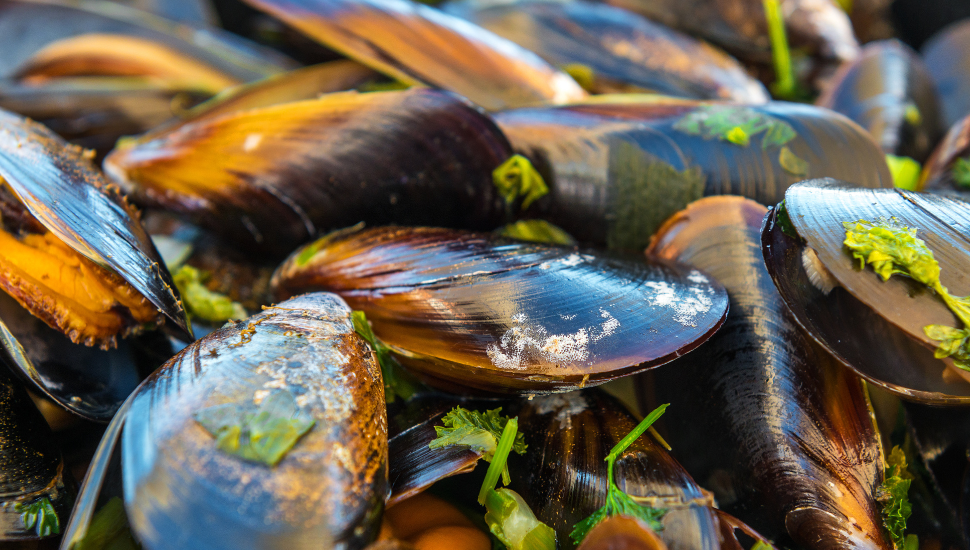
Mussels
Giving a different meaning to "the mussels from Brussels", the non-Jean-Lu-Van-Dam variety is one of Belgium's most popular dishes.
You can enjoy them stewed in a variety of sauces, including garlic, wine and beer.
Since Belgium produces some of the finest beers on the planet, the latter option might be one to consider.
In order to avoid having one's fingers soaked in the chosen sauce, it's common to eat the first mussel then use its shell to scoop out the remaining tasty molluscs.
This cheap and plentiful food has been enjoyed in Belgium for hundreds of years, often by the poor.
Today, it’s consumed with gusto by people from all walks of life - and has become something of a national obsession.
While the French do lay claim to 'moules frite', a Flemish manuscript from 1781 suggests it was the Belgians who dreamt them up first.
Served in sizable buckets, Belgian mussels are made for sharing. Two of them is enough for a family of four, particularly since they are served with fries - in common with almost every other Belgian dish!
Among the many exceptional 'moules et frites' eateries in the country, La Marée in Brussels ranks highly. One reviewer wrote: "Out of all the mussels I’ve had in Belgium, this is by far the best!" A must-try Belgium food that will keep you full for hours.
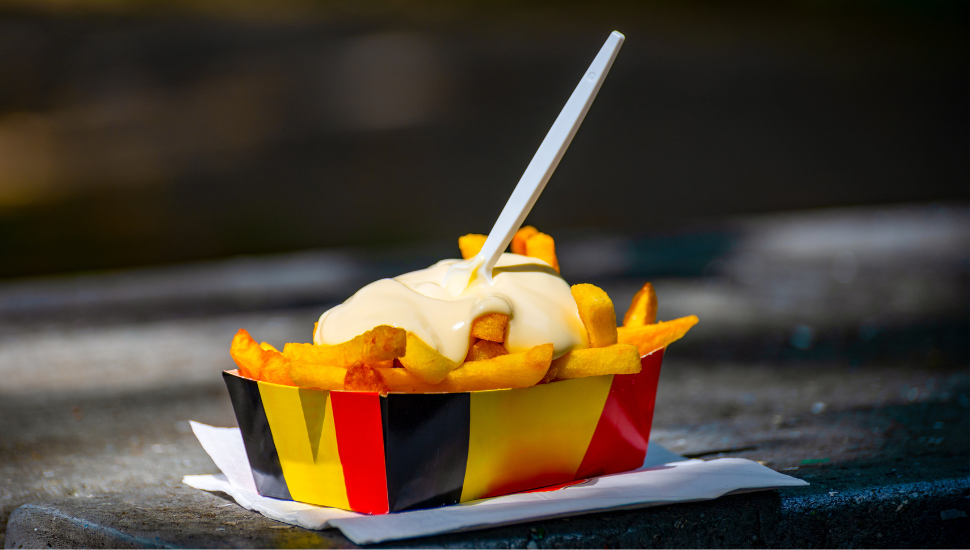
Potato Fries
This omnipresent food stuff deserves a section all of its own.
Dare we say it - the Belgians like fried potatoes even more than we Brits.
Indeed, you'll encounter them with everything from beef to Flemish stew - and of course, on their own, served with mustard, ketchup, or, most commonly, mayonnaise.
And as any Belgian will tell you (probably), French fries aren't French at all - but Belgian. The misnomer was coined during World War One by American soldiers who thought they were in France when they tried the tasty fried potatoes - while they were actually in Belgium.
The Belgians have been trying to reclaim what is - by some measures - their national dish, for decades. They have been assisted by the UNESCO list of Cultural Treasures, on which the Belgian frie was placed. Still, the Gallic name persists worldwide.
It is said that after the Spanish introduced the potato to Europe in the 15th Century, the people of Liege and Dinant had a brainwave: why not slice up these peculiar spuds and toss them in a vat of oil?
The story goes that people once caught and fried small fish from the Meuse river, but one winter when it froze they tried frying sliced potatoes in a similar way.
Authentic Belgian fries are not frozen or too soft before the frying process begins, and are no more than 0.4 inches thick. There is even a special frying oil composed of cow and horse fat. And crucially, they are double-fried.
Purveyors of must-try Belgian fries include Frites Atelier – Antwerp; Friterie De La Spetz – Arlon; and Fritland – Brussels. The latter is arguably the most famous chippy in Brussels, located by the stunning Bourse (stock exchange).
It’s probably the most common food in Belgium, and, as you’ll discover, for good reason.
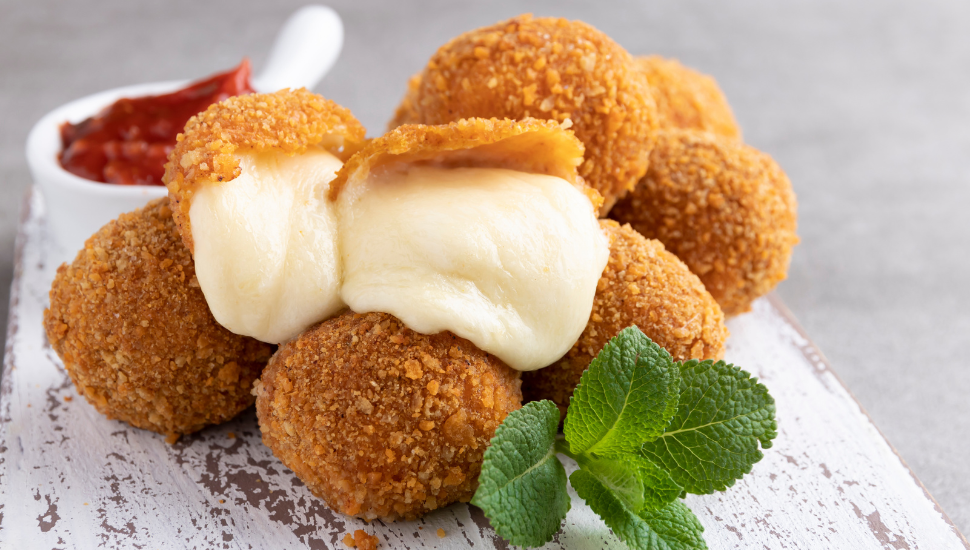
Croquettes
Common as a starter and often paired with salad or vegetables, croquettes are served in restaurants across Belgium.
Formed in cylinders or balls, croquettes have a crunchy outer layer of egg and breadcrumbs, containing a filling - usually based on bechamel sauce. In its purest form, bechamel sauce is made of flour, milk, butter and a little seasoning.
Meat, vegetables or cheese are often added to the filling, making them an incredibly versatile snack or appetiser.
Sadly for the Belgians, croquettes are generally considered to be a French invention - but that hasn't stopped the Belgians from wolfing them down on a regular basis.
The two main types available here are cheese and shrimp.
Looking for the best croquettes in Belgium? Try Fernand Obb Delicatessen in Brussels, where the croquettes have a special texture and a lighter breading that lets the flavour come through.
For an extra-special croquette, try Kroket - also in the capital - which creates 'artisanal croquettes' from high quality ingredients.
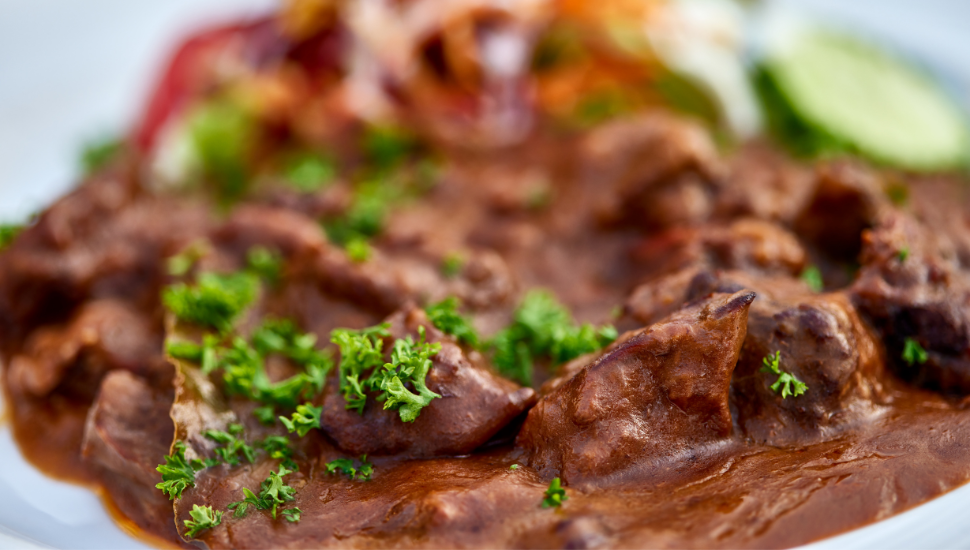
Flemish stew
Flemish stew is one of the heartiest of Belgian dishes, comprising hunks of beef, onion, beer, thyme, mustard, juniper berries and spiced bread.
Traditionally, the beer is Oud bruin (Old Brown) beer, Brune Abbey beer or Flanders Red.
To serve, wine vinegar and red currant jelly is sometimes added.
The terms stoofvlees or carbonnade are used synonymously with Flemish Stew.
An alternative to beef is rabbit - a meat that has become unusual to UK palates - but makes for a mouth-watering variation of this Belgian staple. This often comes with potatoes, boiled or mashed.
Visitors to Belgium seeking a decent Flemish stew won't need to look very far, but among the best-rated are Nüetnigenough in Brussels (4.6 stars on Google - "the best beef stew I've ever had!"); and Bistro 't Gezelleke in Bruge (4.7 stars - "Beautifully flavoured with herbs and hearty spices").
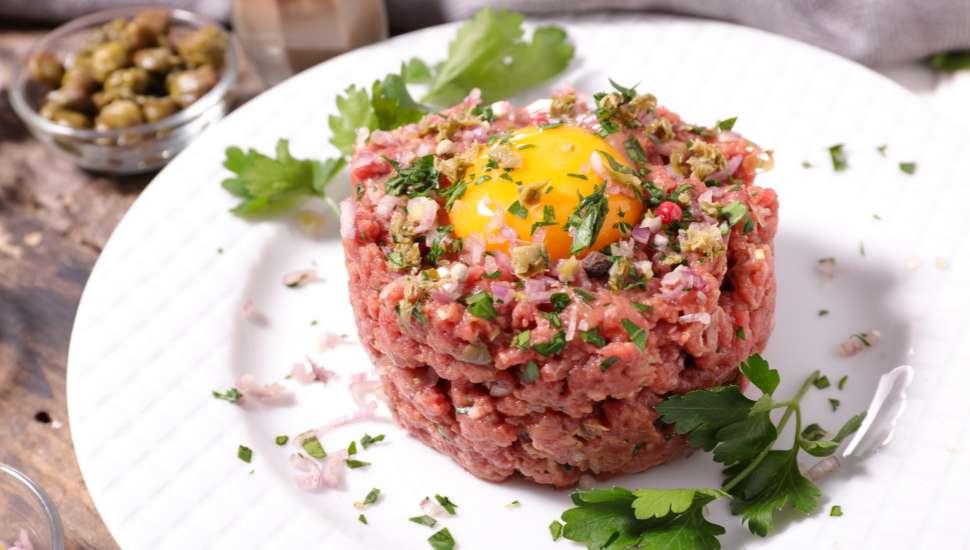
Filet Americain (ground steak tartare)
Despite the name, filet Americain was invented in Brussels, and has become a must-try Belgian food for visiting foodies.
It's essentially ground-up steak tartar - a blend of raw beef, seasonings, onions and capers, bound with mayo and mustard.
In a restaurant it's invariably served with fries and salad, but you may encounter it on crispy bread rolls, too.
Rarely, this dish is made with horsemeat - so make sure you know what you’re ordering!
And of course, because it is raw meat, there's a chance of getting ill - but for many, the sublime taste is worth the risk!
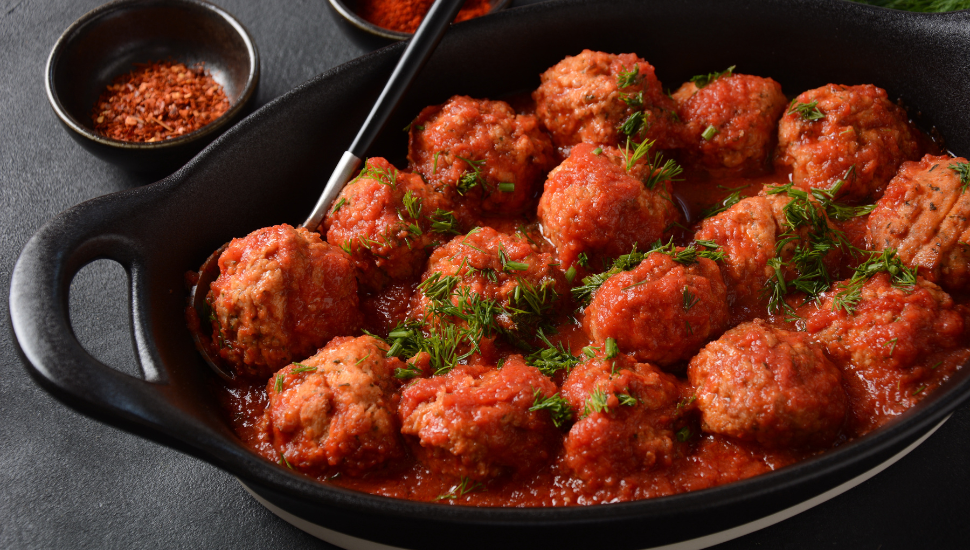
Boulettes/boulets (meatballs)
Among the most commonly eaten foods in Belgian homes, you can also enjoy this hearty dish at a Belgian restaurant. It's typically served in a sauce made from Gueuze, a Brussels beer.
Naturally, fries accompany this fabulous dish.
The Flander variant - balletjes - is usually served covered in tomato sauce, while Frikadellen-style ‘met krieken', are prepared in a cherry and butter sauce.
The French-speaking part of Brussels has their own version too - boulets à la Liégeois - which come with an apple-and-pear syrup.
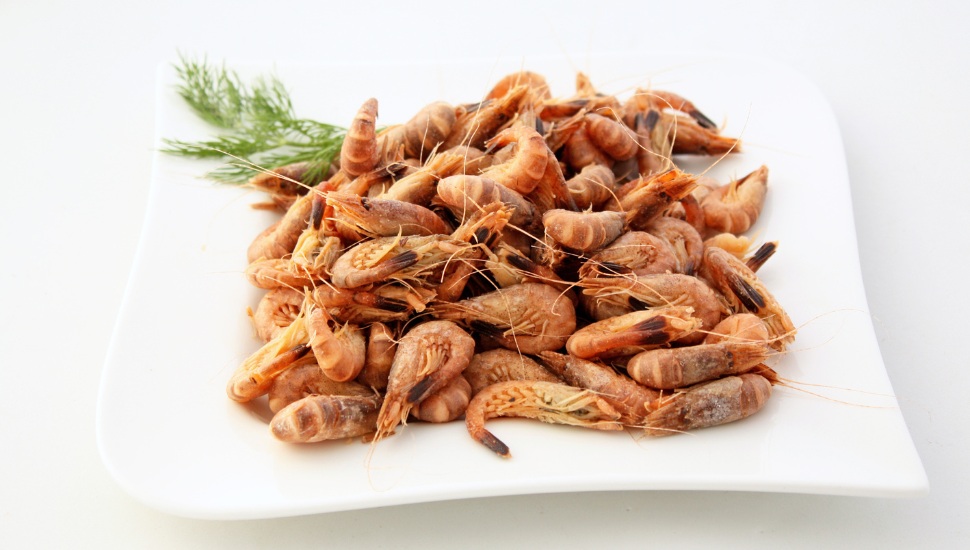
Crevette grise
These bowls of crunchy crustaceans are served nationwide, as main dishes or snacks.
Translating as 'grey shrimp', these tasty critters hail from the North Sea and are served stuffed in tomatoes, in croquettes, or to be enjoyed peeled with beer.
In the coastal village of Oostduinkerke, crevette grise are still collected in the traditional way, by a fisherman on horseback. Indeed, Oostduinkerke has won UNESCO protected status for its crevette grise.
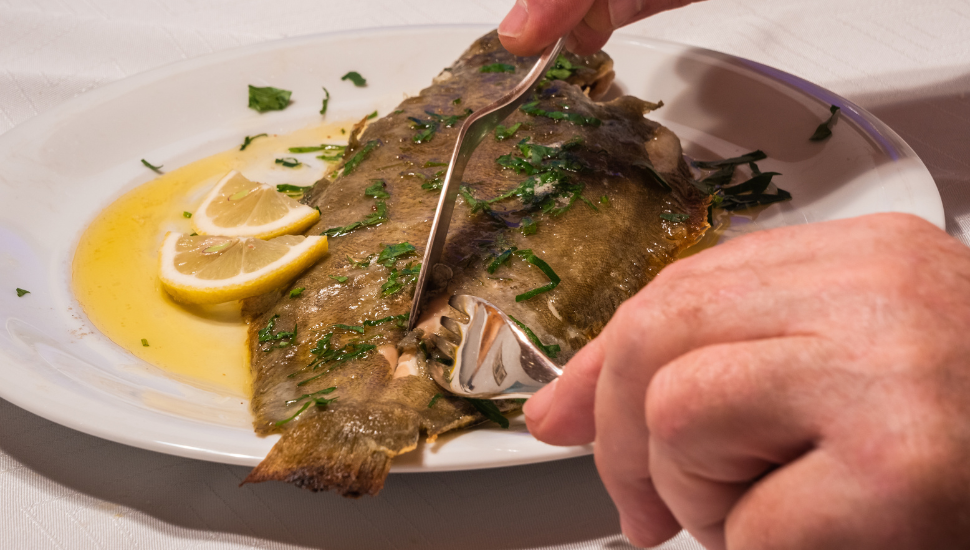
Sole meunière
The latter part of this dish's name translates as 'miller's wife', referring to the way housewives would dip sole in seasoned flour before pan frying it in butter.
Usually served with lemon juice and chopped parsley, and accompanied by the obligatory bowl of fries (or boiled or mashed potatoes), sole meunière is also popular in Belgium's culinary nemesis, France!
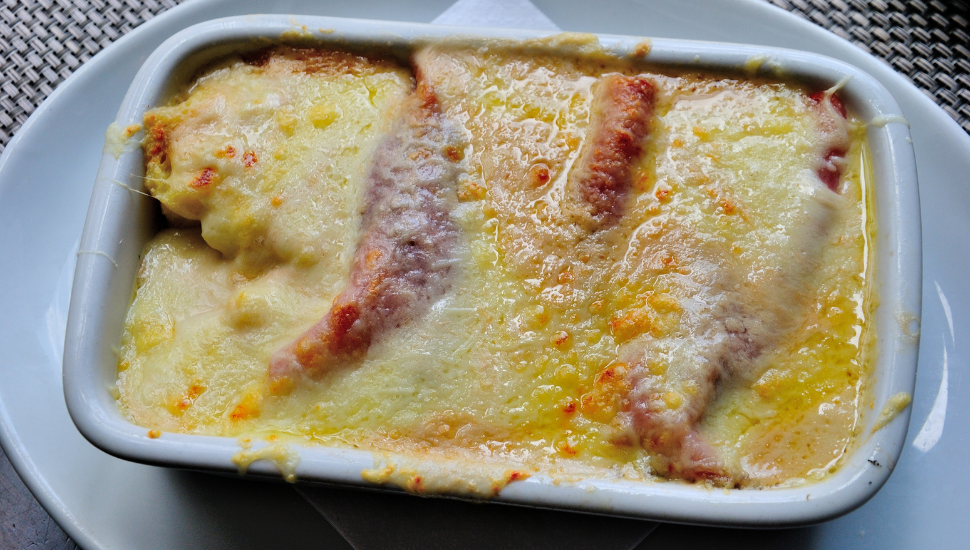
Chicons au gratin (endive)
This hearty dish is a great way to get your vegetable quotient in.
Endives - closely related to chicory - are roasted or fried, then wrapped in prime boiled ham, covered in cheese, and placed back in the oven.
While seldom seen on the menus of high-end eateries, it is a popular comfort food in Belgium (and France!) and can be enjoyed in normal restaurants nationwide.
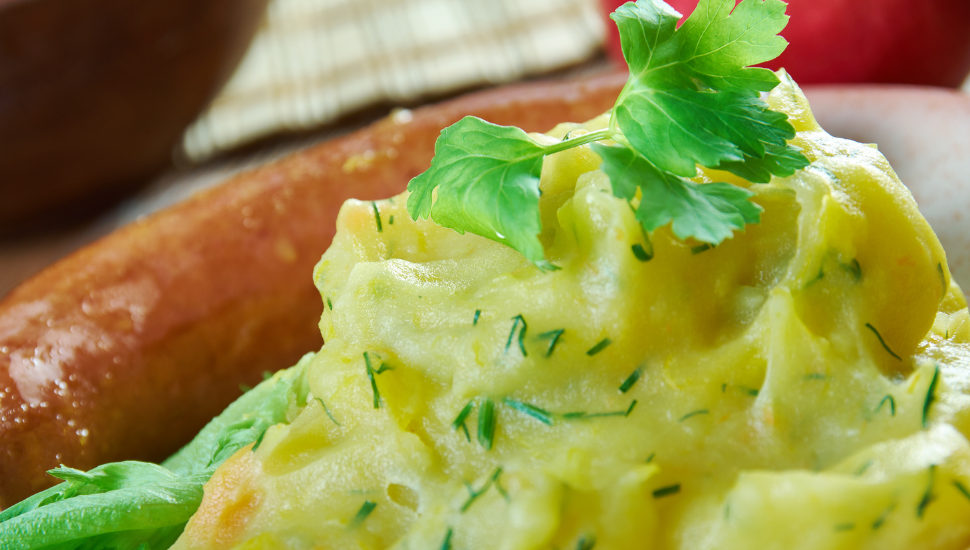
Stoemp
This turbo-charged mashed potato dish combines vegetables such as kale, onions, endives and carrot with cream or butter to create something similar to England's bubble-and-squeak or America's hash (but without the frying stage).
Often served with bacon or sausage, it can also be found served with white sausage (witte pens or boudin blanc), made with milk.
Another example of Belgium food you won't find on every menu, but worth seeking out - especially for a filling winter warmer if you’re visiting in the colder months.
Paling in ‘t groen
Translated as 'eels in the green', this dish combines eels in a very green sauce.
Originating on the Scheldt river, fishermen would catch eels then consume them in a sauce made from whatever herbs lined the banks.
These might include parsley, mint, chervil, watercress and sorrel, but had to be added at the last minute to preserve their vivid colour.
Tastily - yet predictably - this dish is served with fries or bread.
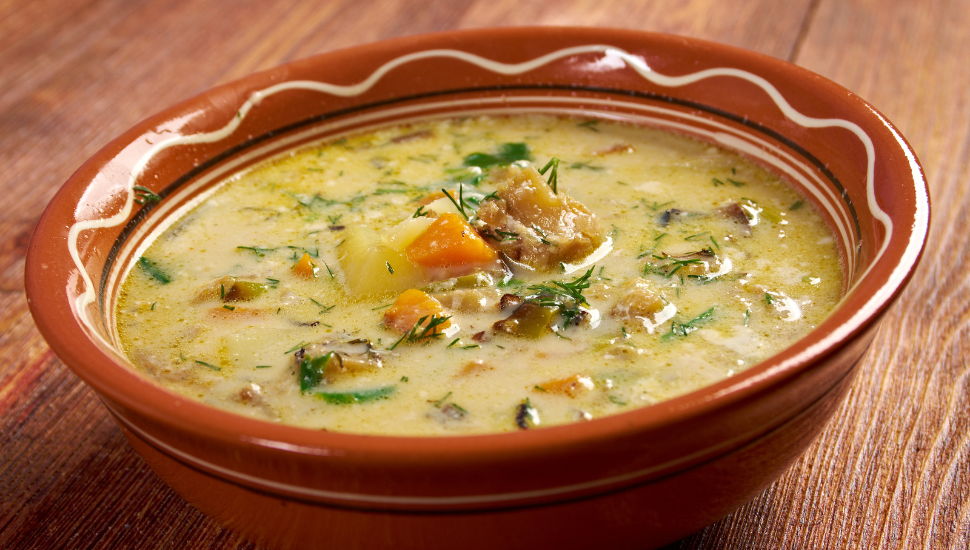
Gentse waterzooi
This hearty soup-esque stew was traditionally made of fish such as carp and pike, but today is usually created with chicken.
'Gentse' relates to the soup's origins - Ghent - while 'waterzooi' comes from the Flemish word 'zooien' which means 'to boil'.
Vegetables are often added, followed by cream, butter and eggs to thicken.
Toasted French bread is served alongside it.
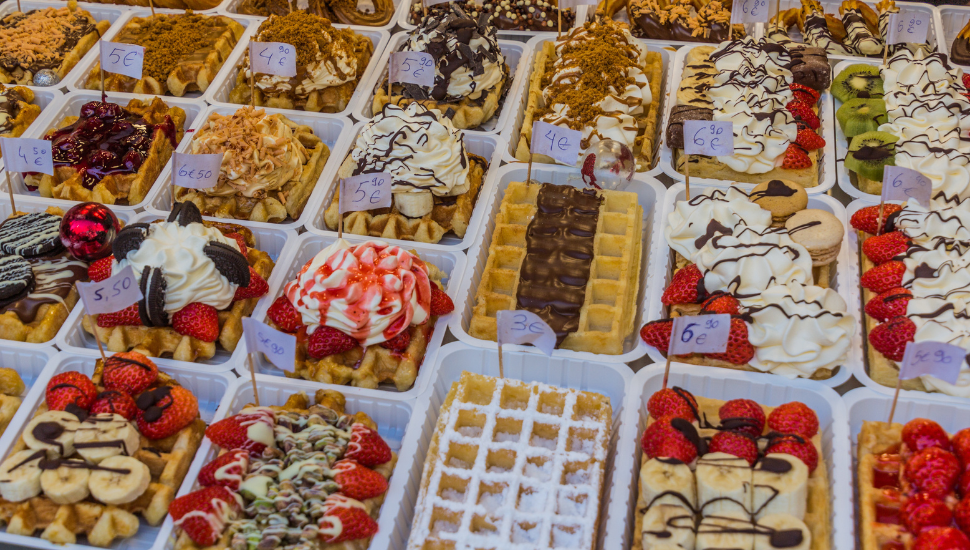
Waffles
In Belgium, 'Belgian waffles' are simply called waffles.
And once again, both the French and the Belgians claim to be the inventors of this delightful lattice of dough baked between two plates of iron.
But while the French may enjoy a good waffle, the Belgians take the foodstuff to unparalleled heights, with a thrilling choice of toppings encoding sweet glazes, butter and honey, maple syrup and of course chocolate sauce.
The latter of these is among the most popular toppings, sometimes in the form of Nutella (an invention that is definitely French!).
You won’t need to travel far in Belgium to find a good waffle vendor. Prices range from a few euros up to around 13 euros.
The Waffle Factory in Brussels offers high-end options such as the latticed-circle Liege waffle, the square Brussels waffle, and the sealed Lunchwaf, in which savoury ingredients like ham, cheese and salad are packed.
For the sweet versions, mouthwatering toppings include whipped cream, ice cream and salted caramel butter.
You haven’t had the full Belgian food experience until you've started the day with a waffle and a piping hot cup of coffee.
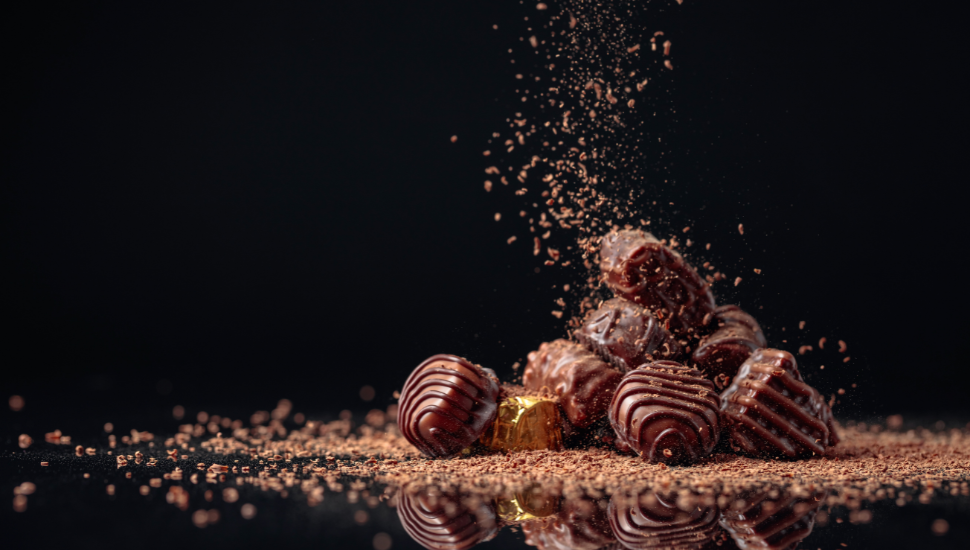
Chocolate and desserts
Like waffles, chocolate is a huge source of national pride in Belgium, and is a king among Belgian food.
You'll see chocolatiers across the country, with beautiful shop displays enticing customers in to try their delectable treats.
But as refined as Belgian chocolate is, just two or three ingredients are required: cocoa mass, cocoa butter and sugar.
That said, chocolatiers go to great lengths to find the perfect cocoas beans - such as the high-value 'black gold' variety.
Belgian chocolate is used in cakes, desserts - and of course, as standalone chocolates and bars.
Great attention is paid to the production and coating of Belgian chocolates: you'll see a vast array in all shapes and sizes, just waiting to be enjoyed.
While in Brussels, pop into Laurent Gerbaud Chocolatier for some high-end chocs, and enjoy them with coffee or hot cocoa. Alongside chocolates you'll be tempted by a vast array of bonbons - and even chocolate-making classes.
In Bruge, head to Chocolatier Dumon, an old style chocolate emporium that takes selling chocolate very seriously. The friendly staff will take you through the many freshly-made options, which includes vegan chocs and boxes for all occasions. Perfect as a gift for the folks back home - but we doubt they'll survive the journey back to the UK (and not because they melted!).
Belgian cakes are also to-die-for, and naturally most are made with chocolate. You'll often find them laden with chocolate curls and surrounded by chocolate-covered hazelnuts.
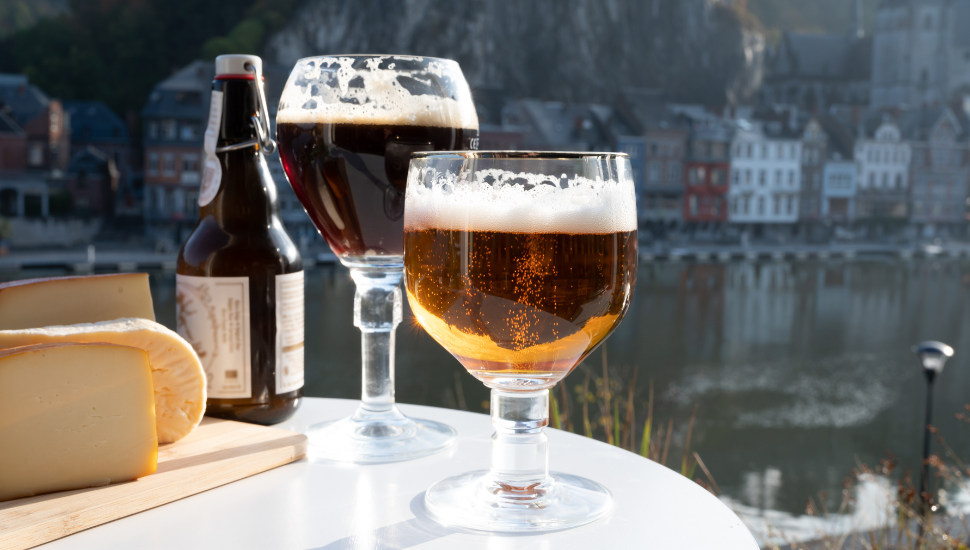
Beer
If asked 'What is Belgium famous for?' - many would say beer. And they’d be right.
Many countries lay claim to having the finest beer, but with more than 1,000 hoppy tipples available, Belgium is a serious contender.
As with Belgian chocolate, fries and waffles, the country's beer is made in the simplest way using the highest quality ingredients.
Many beers are served in their own specially designed glass. These are smaller than UK pints, giving you the opportunity to try many different types during a night out.
Additionally, Belgian beer is stronger than most UK beers - since it's all about quality rather than quantity.
The most famous Belgian beer is brewed with the oversight of Trappist monks. A prime example is Chimay Red, the first beer to be made at Scourmont Abbey. This amber-coloured drink is made with ground malt (germinated, dried barley), and water sourced from two wells inside the monastery.
For pale ale lovers, the famed Duvel is sure to delight. This potent 8.5% imbibe is made with Scottish yeast and Saaz and Styrian Golding hops.
Those who prefer wheat beer might sample Witbier, a traditional wheat beer made from unmalted wheat, and spiced with citrus zest and coriander. A wonderfully cloudy, crisp beer to enjoy after a day of sightseeing in Belgium.
Just as the French obsess over pairing wine with certain cheeses, so too do the Belgians when it comes to beer.
A Chimay Red goes well with a single Gloucester, a Duvel with a gruyère, and a Witbeir with feta.
Bars are located on almost every street corner, but there are a few gems to put on your beer-drinking itinerary.
Visit the Kulminator in Antwerp and you'll be greeted by the two elderly proprietors, who will be only too happy to advise you on the shockingly large list of beers available. It looks a little dusty and outdated inside, but this only adds to the charm.
If you find yourself thirsty while in Bruge, head to Brugs Beertje, housed in a building dating from 1632 located around the corner from the Market. It boasts a staggering 300 beers, with five on tap. Owner Daisy opened Brugs Beertje in 1983, and is still on hand to make your difficult but rewarding decision!
Get a Quote